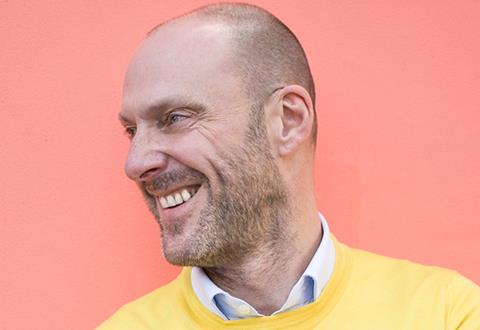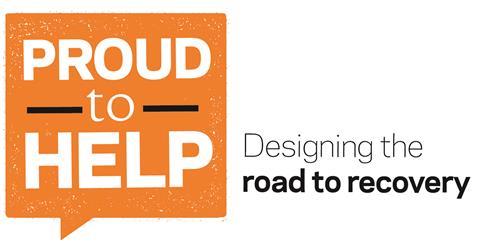Martyn Evans doesn’t buy the idea that nothing will ever change in the designer-less world of housing

As we emerge blinking into the light of post-covid lockdown, I’m sure we are all surveying our businesses and working out what next. We are immersed in predictions about the end of the office, the death of retail (again) and the demise of the restaurant sector anywhere dominated by large commercial buildings.
Who can predict what will happen? I suspect the harbingers of doom are, as always, a little overly dramatic. I’m sure things will settle but of course it depends on how long that takes and whether the lack of confidence itself will be a self-fulfilling prophecy.
More significantly, I think recovery from lockdown offers us opportunities we shouldn’t ignore. Opportunities to do those things we have always wanted to do but never felt the right impetus for, or to forge new partnerships and relationships to solve problems being thrown into greater relief by the pandemic.
Take housing. All of the positive talk at the moment is about how much better our lives could be in the new post-covid world. All that extra time we’ve spent at home with our partners, children and families – the recognition that slogging on that daily commute is really just a route to hell – is fuelling the much-reported demand from workers for a more flexible home-/office-based working week. How will this impact on how we want to live, where we want to live and what we want from our homes?
Of course, this is nothing new for those of us in the business of making homes. Many architects would say that they have been arguing for years that we should take more account of the quality of life people want when designing their homes, only to be thwarted by rapacious housebuilder clients, who say they can’t afford it and all the market will allow is repetitive brick boxes.
They’re both partly right. Particularly in areas where sales values are lower, the sophistication of what can be built by a commercial profit-driven developer is limited. In a housing market where demand constantly outstrips supply there is little impetus for a developer to do anything other than minimise cost and maximise sales revenues. It’s left to the architect to make often futile arguments for the retention of any kind of quality – if indeed architects are involved at all in the delivery of cookie-cutter brick box housing.
Only where housing developers care personally about delivering quality – and the fact that we all know who they are is testament to their rarity – will that conversation between socially aware designer and responsible developer deliver something special.
But it doesn’t have to be that way. If developers are shown a way to deliver much higher quality for an affordable, viable price there is no reason at all why they wouldn’t grab the opportunity with both hands – particularly if they are building in any kind of competitive market.
So how about, at a time when entrepreneurialism and innovation are what’s needed to give any company operating in a depressed market a competitive edge, an architect approaching any one of the large housebuilding contractors to work together to innovate on a system of design and delivery that they can sell to a volume housebuilder?
I hear all the time about how large contractors value engineer the life out of well-designed housing schemes at the urging of their cost-conscious developer clients. It makes for a combative relationship between architect and contractor right from the get-go.
So, why not try and forge a new relationship to solve the problem of delivering great design at an affordable price by putting two clever heads together now and coming up with a solution in partnership that could offer something new to the market? There’s surely enough material to work with in the fast-moving development of MMC, off-site manufacturing, CLT and any number of other innovative processes being worked on around our industry.
Out of danger comes opportunity. Those in our industry who see the change coming as something to grab with both hands and use to fuel innovation in their business are those that will thrive in recovery.

















No comments yet